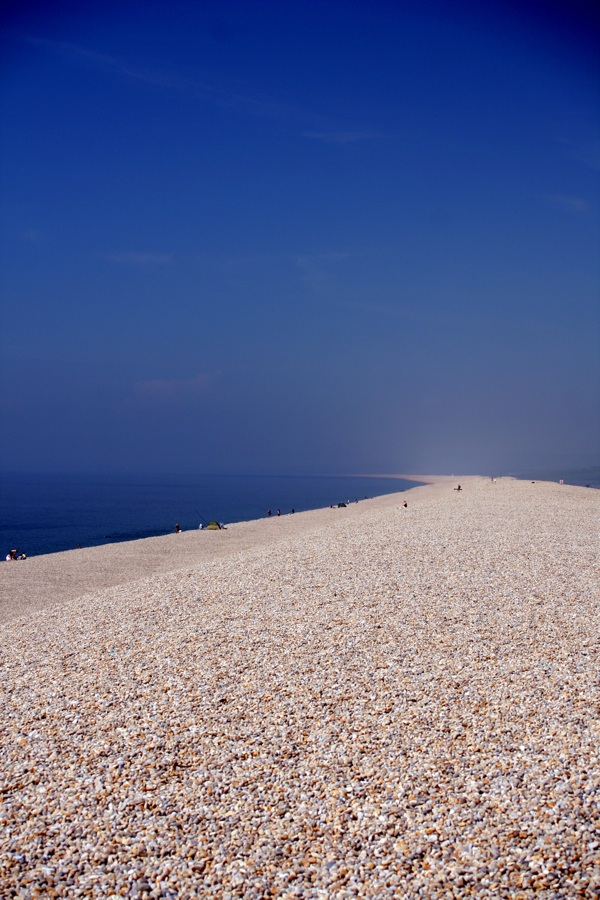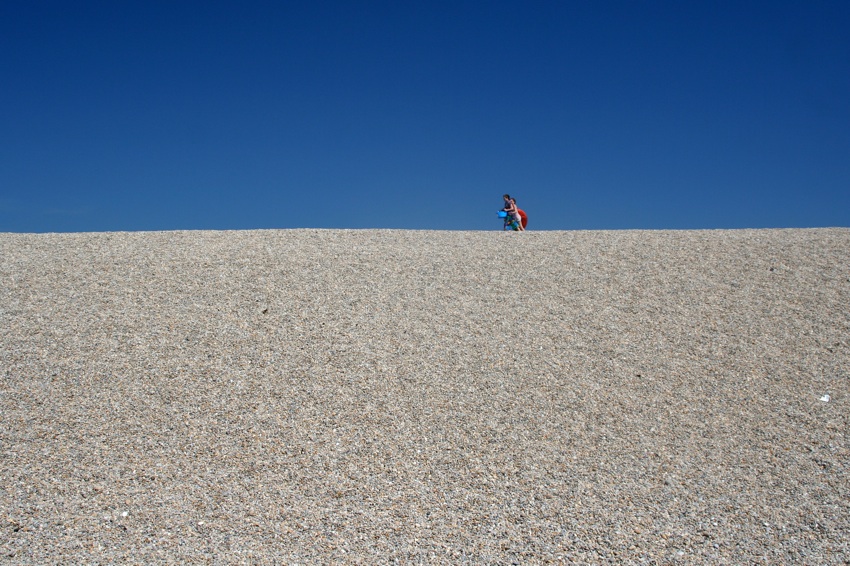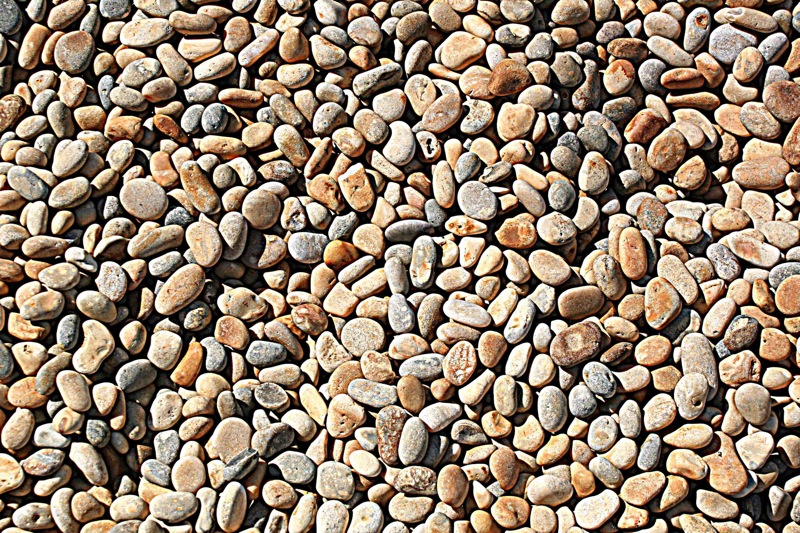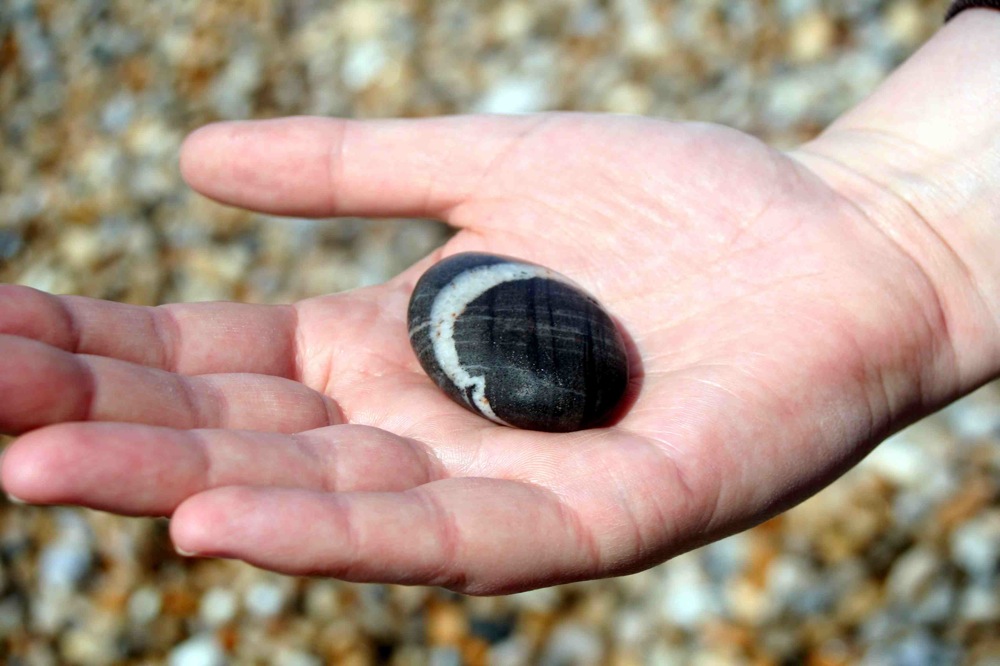Dorset, England (Wikipedia)
Mentions in Pocketbook: 2-10 September 1663
In his journey to Montpellier, Lister reached London on 20 August 1663 and then sailed for Rye, reaching the port in six days. The ship was driven back from its channel crossing by storms three days later, and he was stuck in Weymouth for three weeks, making observations of Chesil Beach. Lister wrote in his pocketbook:
I observe that upon thee Beech at Portland the . . . noble stones were the largest upon the surface therof that towards the top of the Beech they were much larger, than those that were at the foot thereof. That they became smooth and round, from the continuall washing it gives upon them likewise that there suddaine fall and rushing downe one upon the other (whence \partly/ heard too the horrible noise) addeth much thereto…
Pocketbook, 31 Oct 1658
Lister is describing Chesil Beach facing into Portland Harbor. Lister was correct that the pebbles were graduated in size according to location, the flint and chert pebbles ranging from fist-sized near Portland Beach to pea-sized at Bridport. Thousands of years of storms sifted the size of the pebbles, and local fishermen and smugglers who landed at night were said to be able to ascertain their location by the grade of shingle.
Our ‘on-location’ video taken in the summer of 2010 indicates that Lister was also correct that the pebbles make a unique crashing noise. Despite the shore’s inherent scientific interest, one can imagine his impatience to get to France while watching the high, crashing waves grinding the rocks in an unsettled sea.




